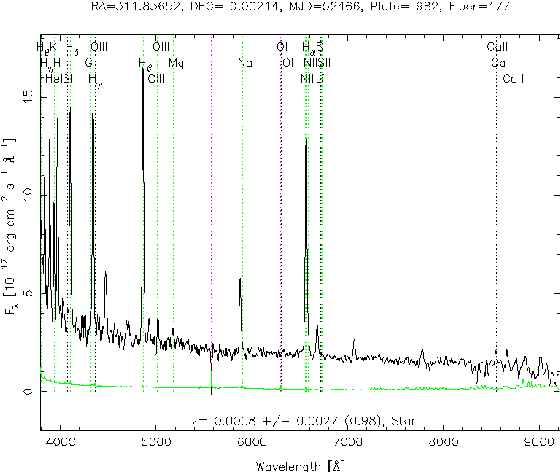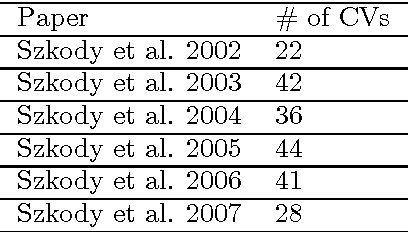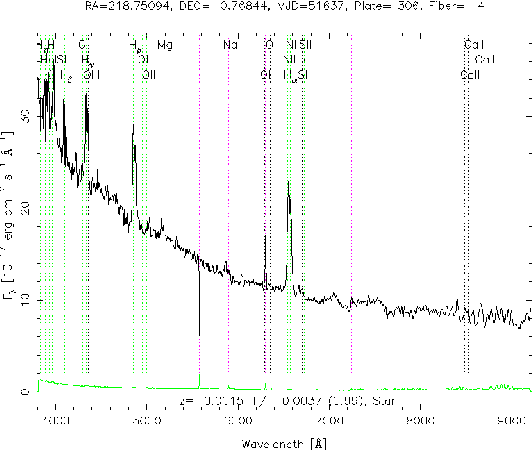Yude Bu
SPT: Spectral Transformer for Red Giant Stars Age and Mass Estimation
Jan 10, 2024Abstract:The age and mass of red giants are essential for understanding the structure and evolution of the Milky Way. Traditional isochrone methods for these estimations are inherently limited due to overlapping isochrones in the Hertzsprung-Russell diagram, while asteroseismology, though more precise, requires high-precision, long-term observations. In response to these challenges, we developed a novel framework, Spectral Transformer (SPT), to predict the age and mass of red giants aligned with asteroseismology from their spectra. A key component of SPT, the Multi-head Hadamard Self-Attention mechanism, designed specifically for spectra, can capture complex relationships across different wavelength. Further, we introduced a Mahalanobis distance-based loss function to address scale imbalance and interaction mode loss, and incorporated Monte Carlo dropout for quantitative analysis of prediction uncertainty.Trained and tested on 3,880 red giant spectra from LAMOST, the SPT achieved remarkable age and mass estimations with average percentage errors of 17.64% and 6.61%, respectively, and provided uncertainties for each corresponding prediction. The results significantly outperform those of traditional machine learning algorithms and demonstrate a high level of consistency with asteroseismology methods and isochrone fitting techniques. In the future, our work will leverage datasets from the Chinese Space Station Telescope and the Large Synoptic Survey Telescope to enhance the precision of the model and broaden its applicability in the field of astronomy and astrophysics.
Spectral Classification Using Restricted Boltzmann Machine
Oct 13, 2013



Abstract:In this study, a novel machine learning algorithm, restricted Boltzmann machine (RBM), is introduced. The algorithm is applied for the spectral classification in astronomy. RBM is a bipartite generative graphical model with two separate layers (one visible layer and one hidden layer), which can extract higher level features to represent the original data. Despite generative, RBM can be used for classification when modified with a free energy and a soft-max function. Before spectral classification, the original data is binarized according to some rule. Then we resort to the binary RBM to classify cataclysmic variables (CVs) and non-CVs (one half of all the given data for training and the other half for testing). The experiment result shows state-of-the-art accuracy of 100%, which indicates the efficiency of the binary RBM algorithm.
 Add to Chrome
Add to Chrome Add to Firefox
Add to Firefox Add to Edge
Add to Edge